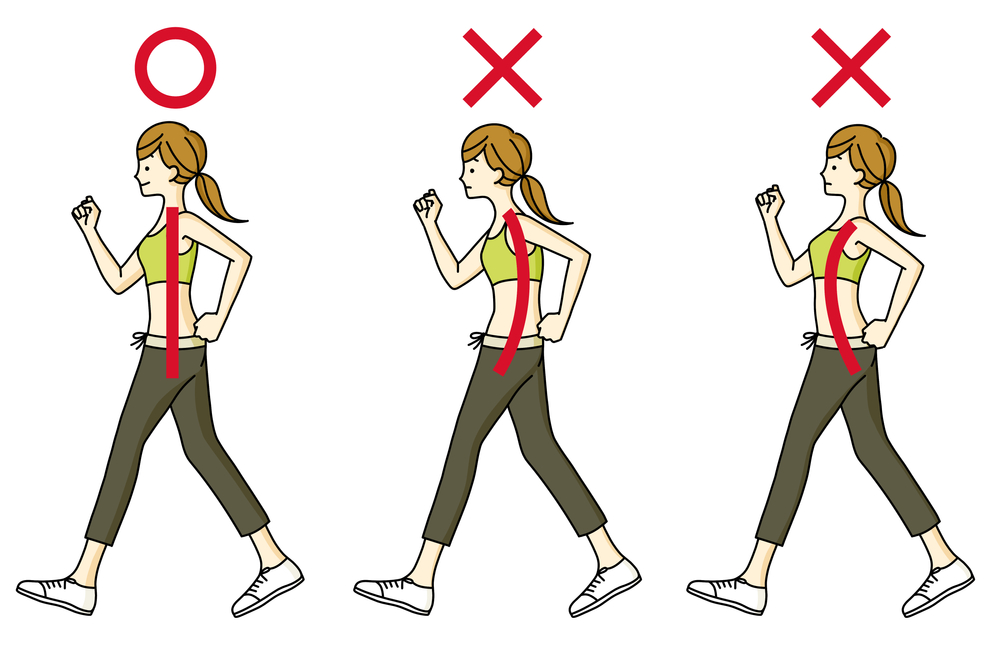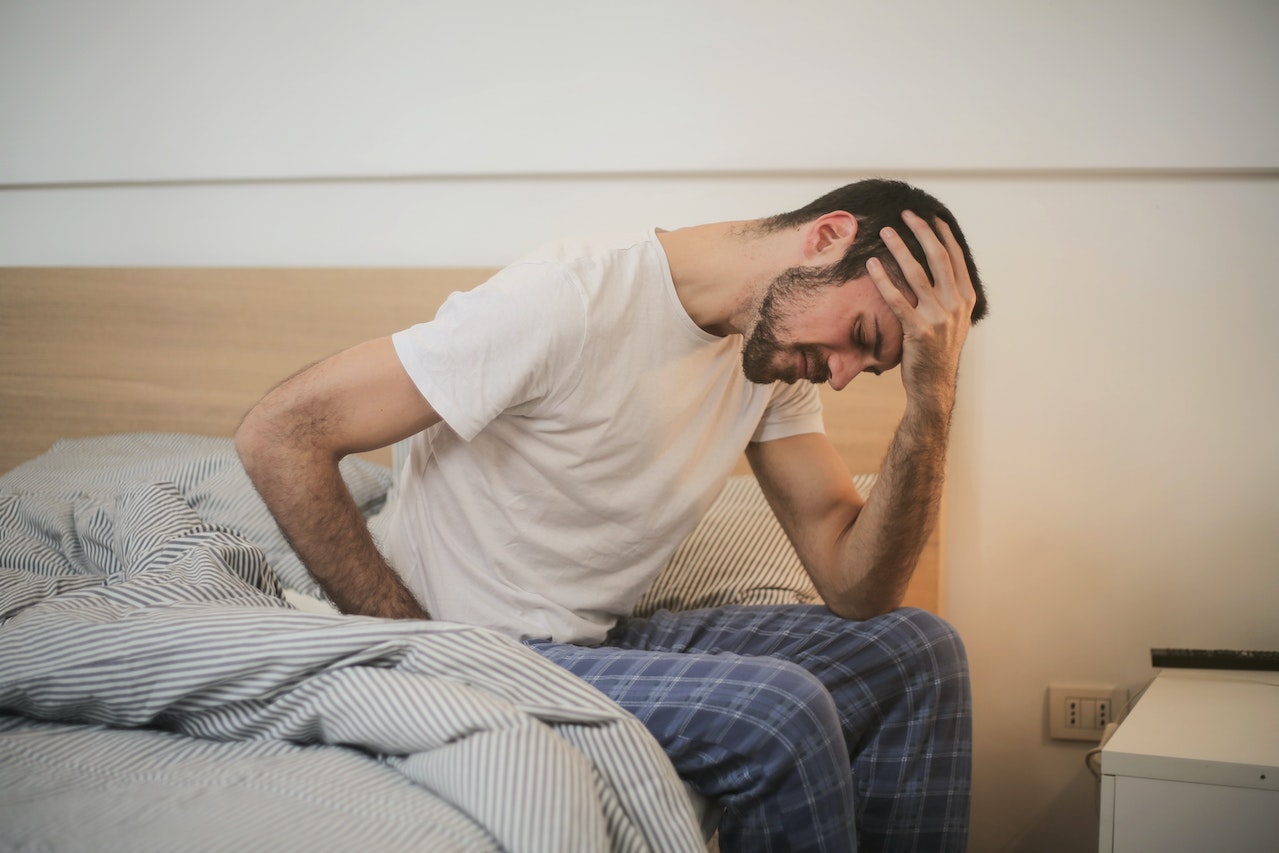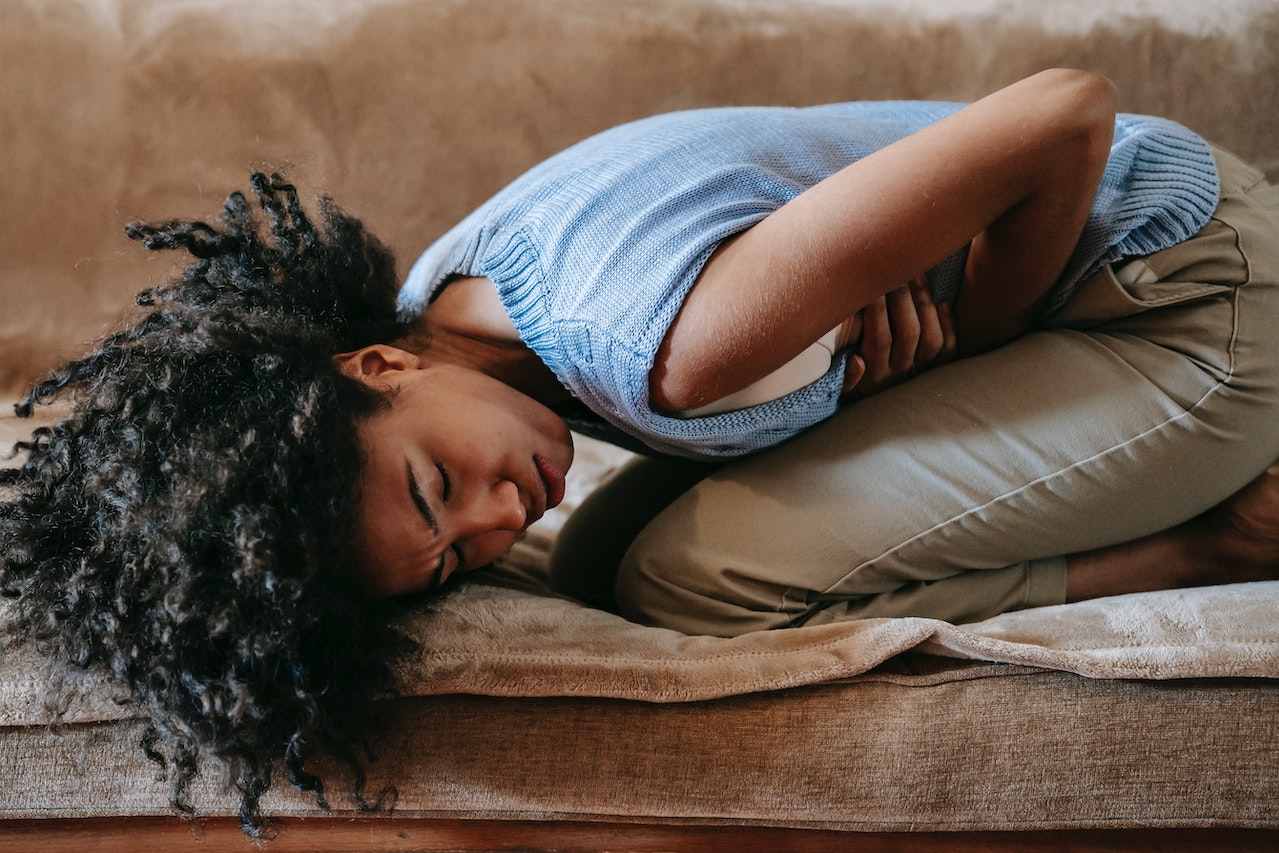How To Walk To Prevent And Resolve Back Pain


A survey revealed that at least 25% of Americans reported back pain in the previous three months, when visiting their physicians. (1)
What is Back Pain?
The human back carries out essential functions like supporting the body’s weight, allowing flexibility of movement, and protecting vital organs and nerve systems. The back is a complex structure of bones, discs, muscles, ligaments, and tendons. Problems occurring with any part of this complex framework can lead to back pain.
Back pain can affect individuals at any age and for different reasons. However, the older we get, the more likely we are to be affected by it. The pain can be experienced differently, and it is classified by the duration of the back pain accordingly.
- Acute back pain, when it lasts four weeks or less.
- Subacute back pain lasts four to twelve weeks.
- Chronic back pain, lasting over 12 weeks.
What Can Cause Back Pain?
People can experience back pain in the upper part as well as the lower part of the back.
Upper Back Pain
The upper back area starts at the base of the neck, and ends around the bottom of the ribcage. This area works together with the ribs to keep the back stable and protect main organs like the heart and lungs. Also known as the thoracic spine, the upper back is composed of 12 bones or vertebrae. When pain occurs in this area is due to a problem anywhere among these vertebrae.
Upper back pain does not occur as often as lower back pain because the bones in this area do not move or flex as much as those located in the lower back area. However, people experiencing upper back pain often describe it as a burning or pulling sensation in one specific point, which is more likely the injury’s location.
Upper Back Pain Causes
Upper back pain can occur for various causes such as:
- Muscle overuse. It appears when the same movement is repeated over time, causing muscle strain, tightness, and irritation.
- Fracture. Due to a traumatic injury like car/motorcycle accident, slipping and falling, incorrect lifting, working out excessively, or work-related accidents.
- Herniated disc. Although more common in the lower back, herniated discs can happen in the upper back. The discs are soft tissue that prevents vertebrae from rubbing against each other. When the discs get herniated, their soft tissue pokes through, generating pressure in the spine.
- Osteoarthritis. This is the most common form of arthritis within older adults, and it occurs when the cartilage that cushions the minor facet joints in the spine breaks down. (2)
- Muscle deconditioning and poor posture. Individuals can condition their muscles by regular exercise, making them stronger. However, lack of exercise, sitting at a desk slouching for long hours, and bad posture can decondition muscles, causing weakness and creating pain.
Lower Back Pain
The low back, also known as the lumbar spine, is a region where muscles, ligaments, bones, and joints interconnect, supporting the upper body’s weight. Additionally, this region is responsible for the range of mobility and flexibility of the lower extremities. Lower back pain can be experienced in various ways, like:
- Burning, stinging pain that travels from the lower back to the thighs, lower legs, and feet. It can be a tingling or numbness sensation (sciatica).
- Dull aching pain in the lower back region.
- Trouble standing up straight, walking, or when going from standing to sitting.
- Tightness and muscle spasms in the low back, hips, and pelvis.
- Pain intensifies when sitting or standing for long periods of time.
- Decreased range of motion.
Lower Back Pain Causes
Lower back pain can appear for several reasons like:
- Muscle strain and ligament sprain are the most common reasons for back pain. It can happen suddenly due to incorrectly lifting heavy objects or repetitive movements.
- Arthritis.
- Osteoporosis.
- Herniated lumbar disc.
- Skeletal irregularities such as scoliosis or kyphosis. (3)
Back Pain Treatments
Treatments for back pain can range from muscle relaxants, narcotic pain medications, cortisone injections, and in some cases even surgery. However, other approaches like acupuncture, massage, chiropractic adjustments, relaxation techniques, and yoga have all been known to alleviate back pain. Furthermore, practicing proper walking techniques for back pain can help too.
Walking for Back Pain
You may think that we should have mastered walking upright by now, as we have been doing for more than 3 million years. However, many of us do not walk consciously or adequately, which in the long term can develop into serious health problems.
For avoiding back pain when walking, the following tips should be kept in mind:
- Keep your head up. Focus your gaze 10 to 20 feet ahead of you while walking. Keep your chin up and parallel to the ground and your ears in line with your shoulders. Imagine a thread attached to the top of your head, pulling you up.
- Lengthen your back. Try not to slouch, hunch, or lean forward. Aim to elongate your spine while walking.
- Keep your shoulders back and down. Many of us do not relax our shoulders while sitting or walking. Make a conscious effort to keep your shoulders in a relaxed position away from your ears. You can do shoulder shrugs (bring the shoulders up and then relax them down) from time to time while walking to stay aware of putting unnecessary tension on them.
- Engage your core. Contrary to the common belief that our strength lies in our legs or arms, it really comes from our cores. Hence the importance of keeping our center engaged in our daily activities like walking. When walking, focus on bringing your belly button in and up. Doing this will help you to maintain balance and stability, alleviating pressure on your back while walking.
- Swing your arms. Gently swing your arms while walking, being mindful to do it from the shoulders and not from the elbows. Keep them around your midsection, don’t swing your arms too high or across your body.
- Step from heel to toe. This movement is simple but requires your attention. Place your heel first at every step, followed by your toe. Avoid striking the ground with the forward part of your foot, and toes.
Check out this video too:
Also, while walking, try not to look straight down, take too-long strides, or swivel your hips too much. Look for comfortable walking shoes that are cushioned and provide adequate arch support. Click here for more back pain relief information. Happy walking!
Sources:
- https://pubmed.ncbi.nlm.nih.gov/17077742/
- https://www.nia.nih.gov/health/osteoarthritis
- https://www.ninds.nih.gov/Disorders/Patient-Caregiver-Education/Fact-Sheets/Low-Back-Pain-Fact-Sheet









